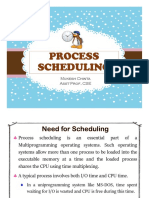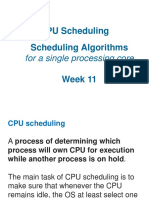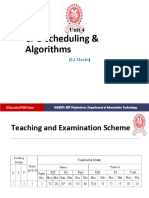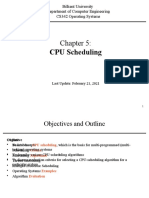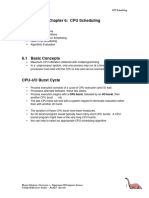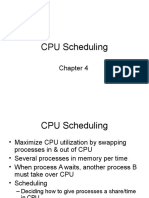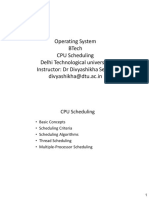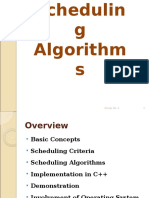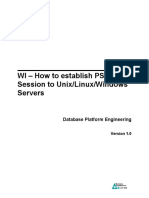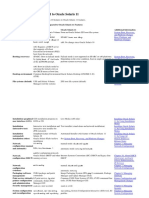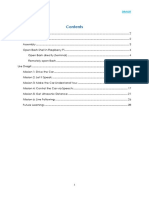0% found this document useful (0 votes)
21 views45 pagesCOSC 823 Lecture Slide - 2
The document discusses CPU scheduling in operating systems, covering process concepts, interrupts, and various scheduling algorithms such as FCFS, SJF, Priority Scheduling, and Round Robin. It explains the importance of CPU optimization, the states of processes, and the impact of interrupts on scheduling. Additionally, it highlights the advantages and disadvantages of different scheduling methods, including their effects on waiting time and CPU utilization.
Uploaded by
badmusyahyahCopyright
© © All Rights Reserved
We take content rights seriously. If you suspect this is your content, claim it here.
Available Formats
Download as PDF, TXT or read online on Scribd
0% found this document useful (0 votes)
21 views45 pagesCOSC 823 Lecture Slide - 2
The document discusses CPU scheduling in operating systems, covering process concepts, interrupts, and various scheduling algorithms such as FCFS, SJF, Priority Scheduling, and Round Robin. It explains the importance of CPU optimization, the states of processes, and the impact of interrupts on scheduling. Additionally, it highlights the advantages and disadvantages of different scheduling methods, including their effects on waiting time and CPU utilization.
Uploaded by
badmusyahyahCopyright
© © All Rights Reserved
We take content rights seriously. If you suspect this is your content, claim it here.
Available Formats
Download as PDF, TXT or read online on Scribd
/ 45

